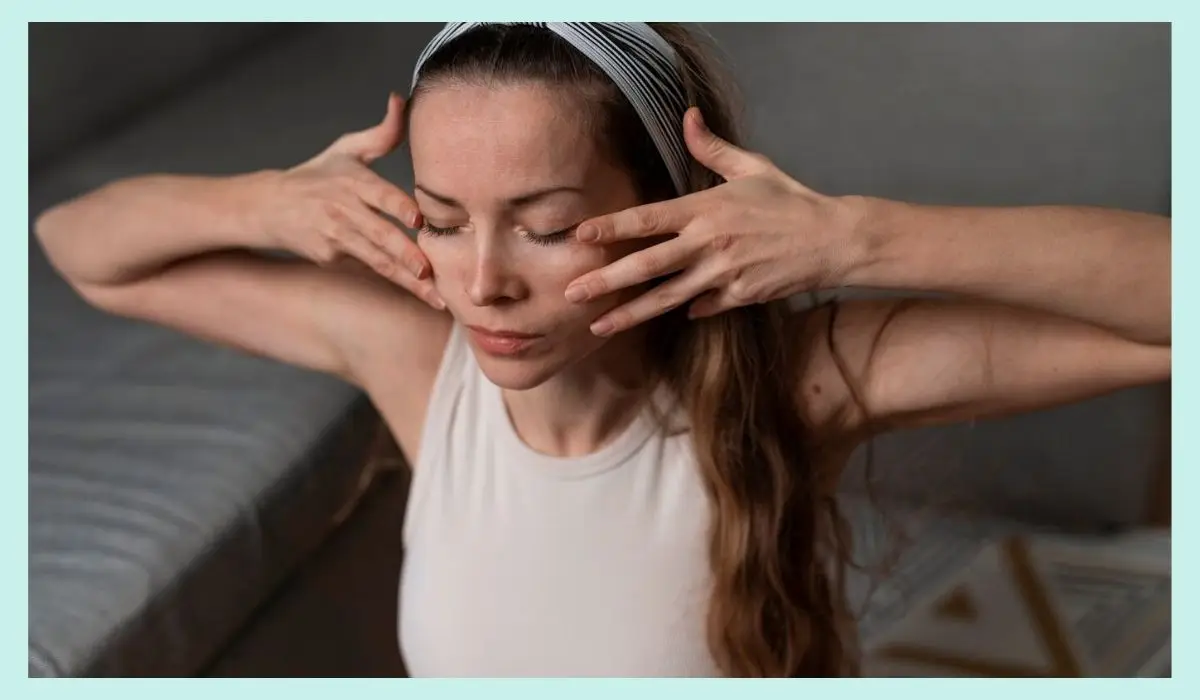10 Simple Ear Exercises To Improve Hearing And Prevent Hearing Loss
Enhance your hearing health with these 10 straightforward ear exercises designed to prevent hearing loss and boost auditory acuity. From gentle massages to targeted listening techniques, discover easy practices to maintain optimal hearing wellness. Incorporate these exercises into your daily routine and safeguard your ears for a lifetime of clear and vibrant sound perception.

Disclaimer: Our recommendations are sincere, driven by the products’ benefits. When you buy through our links, we may earn a commission, backing our testing and development at no extra cost to you.
Our ability to hear clearly is often taken for granted until it starts to decline. Hearing loss can significantly impact our quality of life, making it difficult to communicate, enjoy music, or even hear important safety signals. While aging is a common cause of hearing loss, other factors like exposure to loud noises, certain medications, and genetics can also play a role.
Fortunately, there are simple ear exercises to improve hearing that you can do at home to help maintain and potentially enhance your auditory abilities.
The Benefits Of Ear Exercises To Improve Hearing

These exercises engage and stimulate the muscles and nerves involved in the hearing process, promoting better blood flow and neural connections in the ears and auditory pathways. By doing these exercises regularly, you can potentially:
- Improve your ability to hear faint sounds
- Enhance your sound localization skills
- Increase your speech comprehension, especially in noisy environments
- Prevent or slow down age-related hearing loss
- Reduce tinnitus (ringing in the ears) symptoms
10 Simple Ear Exercises To Improve Hearing
- Palming: Cup your hands over your ears, creating a hollow space. Gently rub your palms in a circular motion for about 30 seconds. This exercise can help increase blood flow to the ears and improve sound perception.
- Ear Massage: Using your fingertips, gently massage the area around your ears, including the earlobes, in a circular motion for a minute or two. This can help relax the muscles and improve circulation.
- Ear Cupping: Form a tight seal with your hands over your ears, creating a vacuum. You should hear your heartbeat or a rumbling sound. Hold this position for 30 seconds, and repeat a few times.
- Jaw Exercises: Open your mouth wide, stretching your jaw muscles, and then close it slowly. Repeat this exercise 10-15 times, taking breaks as needed. This can help improve the mobility of the tiny bones in your ears.
- Yawning: Yawning can help stretch and exercise the muscles in your ears and jaw. Try to yawn deeply and widely, holding each yawn for a few seconds.
- Neck Stretches: Gently tilt your head from side to side, and then roll it in a circular motion. These neck stretches can help improve blood flow and relieve tension in the muscles around your ears.
- Humming: Hum a tune or vowel sounds while pinching your nose closed. The vibrations from humming can stimulate the bones and muscles in your ears.
- Sound Localization: With your eyes closed, have someone else create sounds from different locations around you. Try to identify the direction of the sounds and point towards them. This exercise can improve your ability to localize sounds.
- Listening Exercises: Play audio recordings of different sounds, from nature sounds to music, and try to identify and focus on specific elements within the recordings.
- Mindful Listening: Practice mindful listening by paying close attention to the sounds around you, both near and far. This can help train your brain to better process auditory information.
Can You Exercise with an Ear Infection?
It’s generally not recommended to engage in strenuous exercise or ear exercises to improve hearing if you have an active ear infection. The increased pressure and movement can worsen the pain and potentially cause further damage or delay healing. However, once the infection has cleared up, you can safely resume exercises to improve hearing.
Ear Infection And Exercise
While exercising with an ear infection is not advisable, regular exercise can actually help prevent ear infections by boosting your immune system and improving circulation. Just be sure to practice good hygiene, especially after sweating, to avoid introducing bacteria into the ear canal.
Ears Hurt After Exercise
If your ears hurt after exercise, it could be due to a few reasons:
- Pressure changes: Rapid changes in pressure during certain exercises, like weight lifting or diving, can cause discomfort in the ears.
- Increased blood flow: Exercise increases blood flow, which can sometimes cause temporary pressure or fullness in the ears.
- Sweating: Sweat can potentially irritate the ear canal or introduce bacteria, leading to discomfort or infection.
If the pain persists or worsens, it’s best to consult a healthcare professional to rule out any underlying issues.
Bottom Line
Remember, these ear exercises to improve hearing should be done gently and without causing pain or discomfort. Consistency is key, so aim to incorporate them into your daily routine. With a little dedication, you can help maintain and potentially enhance your hearing abilities for years to come.
Lindsay Martinez
Lindsay Martinez, Au.D., is a licensed audiologist with over 10 years of experience in the field of hearing healthcare. She earned her Doctor of Audiology degree from the University of California, Los Angeles, and currently practices at Martinez Hearing Clinic, a leading audiology practice in the San Francisco Bay Area. As an expert in diagnosing and treating a wide range of hearing disorders, Dr. Martinez specializes in fitting advanced hearing aids and assistive listening devices. She is a fellow of the American Academy of Audiology and has published numerous peer-reviewed articles on topics such as noise-induced hearing loss and the latest innovations in hearing technology. Passionate about patient education, Dr. Martinez is committed to helping her patients improve their hearing and overall quality of life.
